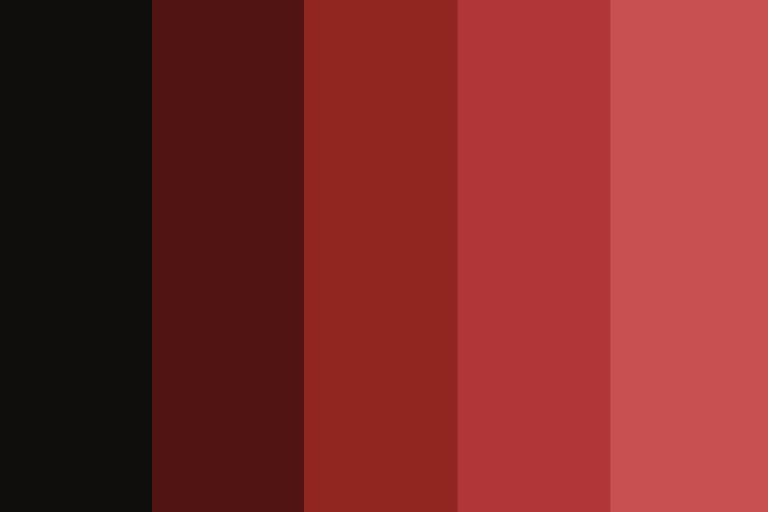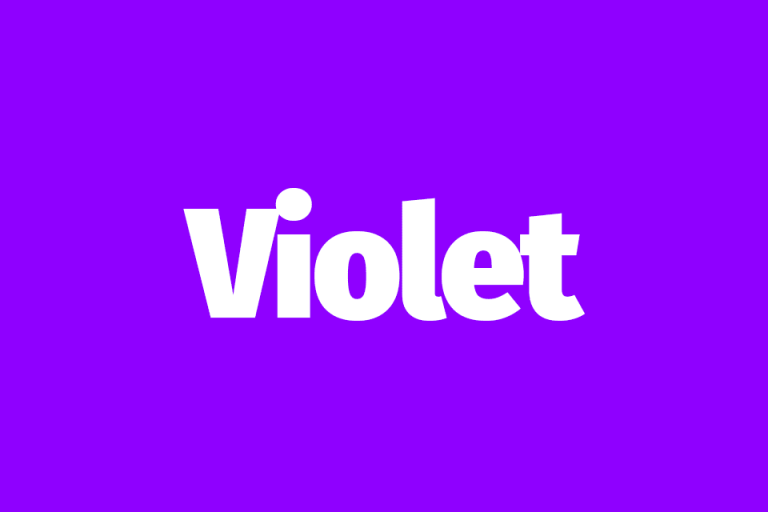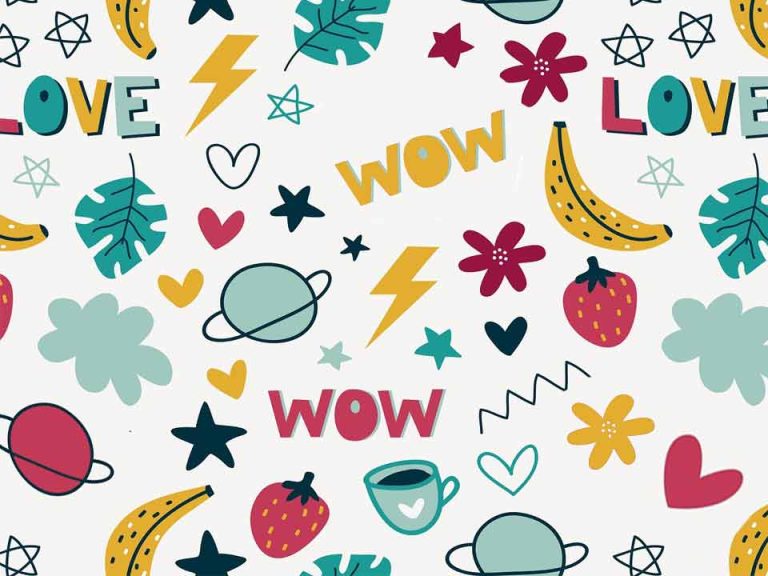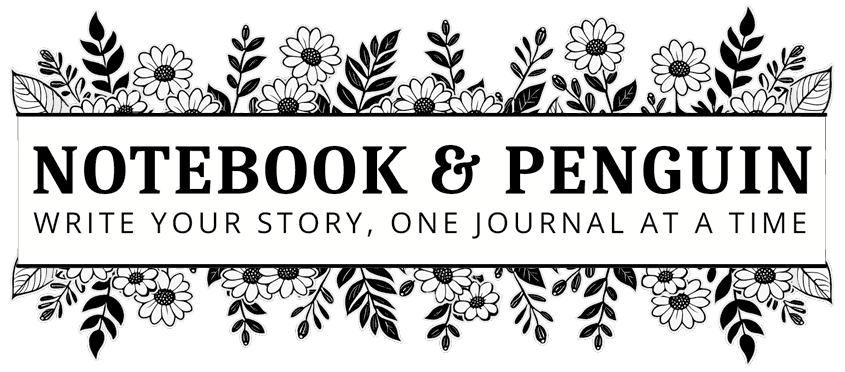
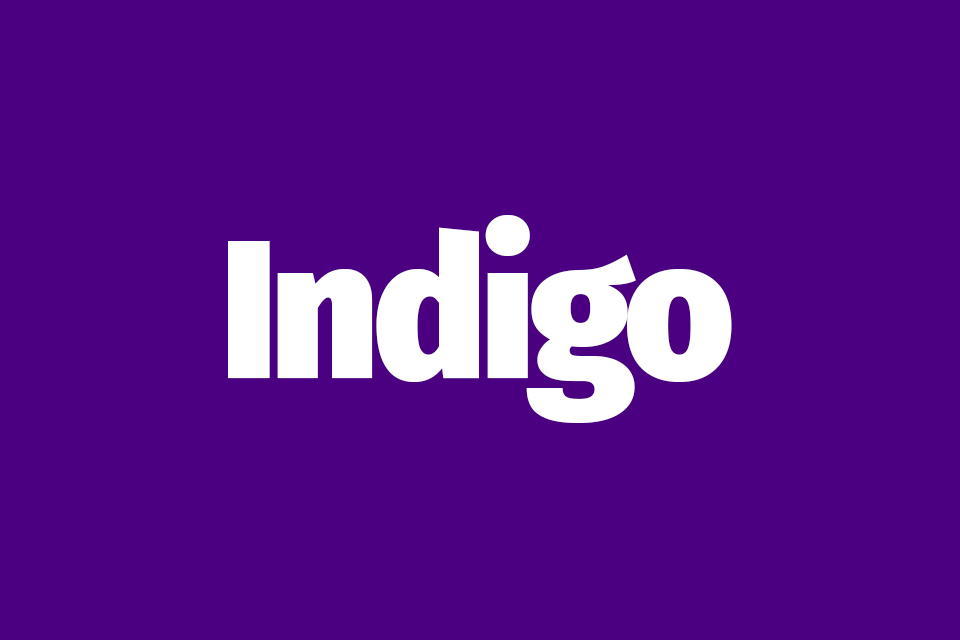
The Ultimate Indigo Color Guide (Including Hex Color Codes)
Today we are going to talk about a beautiful color that sits somewhere between blue and violet on the color wheel, the one and only color INDIGO!
But what color is indigo exactly? Is it a shade of blue? A shade of purple? Or perhaps a completely different color altogether? Let’s dive in and find out!
What Color Is Indigo?
Indigo isn’t just a very cool and catchy name for a trendy new hipster café, it’s also a deep rich color that has been used in design and art for centuries! The indigo color falls between blue and violet on the color wheel and it is a deep rich color with a purple look and feel.
What Does Indigo Look Like?
Indigo is a deep, rich color that is quite difficult to describe or define. It often appears darker than blue and purple and some would describe it as being a blue color with a reddish undertone.
This is what indigo looks like:
Indigo
Hex Code: #4B0082
RGB Value: RGB(75,0,130)
What Colors Make Indigo?
In design, we use the RGB color model to create colors. Using this model, Indigo is created by combining blue and red – use 75% blue and combine it with 25% red.
Likewise in art, you would use 3 parts blue to 1 part red. Of course, the amount of red and blue you use will determine the indigo color you create.
Where is Indigo Found On The Color Wheel?
As mentioned, indigo is found between blue and violet on the color wheel.
This is where you will find it:
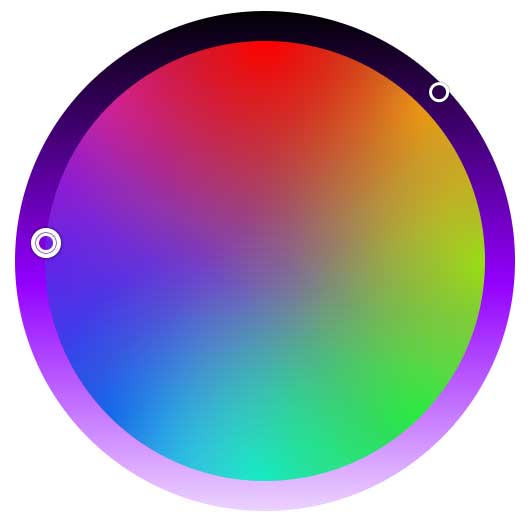
Indigo RGB Color Code
RGB color codes specify how much red, green, and blue are in a specific color and they are displayed in the following format: RGB(RR, GG, BB).
The Indigo RGB color code is RGB(75,0,130).
Indigo Hex Code
Just like the RGB value, hex codes also represent the amount of red, green, and blue within a color and are displayed as follows: #RRGGBB.
The Indigo hex color code is #4B0082.
As you can see from the hex color code above, indigo does not contain any green.
Pin For Later…
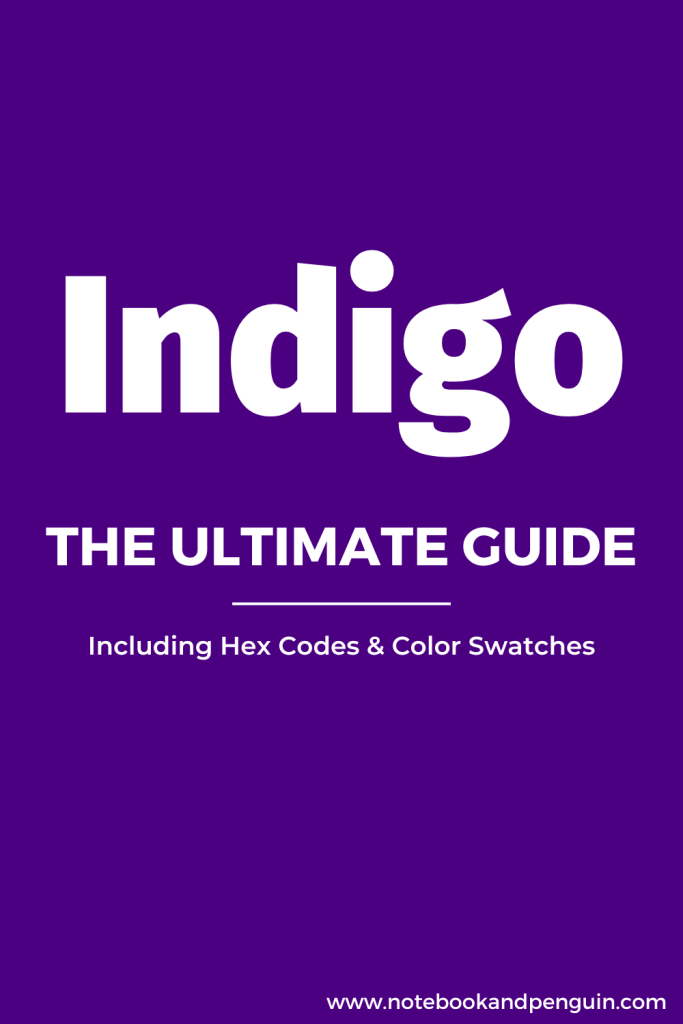
Is Indigo Blue or Purple?
Defining the indigo color can definitely be a bit tricky! It definitely has characteristics of both blue and purple and while some say that it is more of a purple color, I personally think that it looks more like a shade of blue – a denim blue more specifically.
To compare, this is what blue and purple look like against Indigo:
Blue
#0000FF
Indigo
#4B0082
Purple
#800080
What do you think? Is indigo a shade of blue or purple?
Indigo VS Navy Blue
What is the difference between indigo and navy blue? When looking at the indigo color on its own, a lot of people tend to think that it is quite similar to navy blue. However, place it alongside navy blue and you’ll see the difference immediately!
Navy blue is created by adding black to blue whereas indigo is created by adding red to blue. This gives indigo a more purplish look compared to navy blue’s deep vibrant blue color.
This is what indigo VS navy blue looks like:
Indigo
#4B0082
Navy Blue
#000080
Related: Navy Blue Color Palettes
Indigo: A Color In The Rainbow!
Did you know that indigo is the 6th color found in the rainbow? Pretty cool right? Along with red, orange, yellow, green, blue, and violet, indigo is counted as one of the traditional colors of the rainbow.
Red
#FF0000
Orange
#FFA500
Yellow
#FFFF00
Green
#00FF00
Blue
#0000FF
Indigo
#4B0082
Violet
#8F00FF
Indigo Vs Violet: How Are They Different?
A lot of people are interested in the differences between indigo and violet. Just like indigo, violet is also a color found in the rainbow and although many people use indigo and violet interchangeably, they are different.
Indigo is closer to blue on the color wheel so it contains more blue than violet and it is considered to be more of a warm color.
Violet on the other hand is closer to purple, so it contains more purple than blue and is considered more of a cool color.
Blue
#0000FF
Indigo
#4B0082
Violet
#8F00FF
Purple
#800080
Indigo Colors: Shades, Tints & Tones
Indigo is a pretty versatile color that can be changed in different ways to create a wide range of different shades and tints.
How To Create Shades Of Indigo
To create different shades of indigo, simply add black to pure indigo. The more black you add, the darker and deeper the indigo color will become.
Shades Of Indigo
Here are a few examples of different shades of indigo:
| #4B0082 | #431664 | #371f49 | #281e2f | #141215 |
How To Create Tints Of Indigo
Tints of indigo are created by adding white to pure indigo, making the indigo lighter and lighter and brighter. The more white you use the softer the color becomes.
Tints Of Indigo
Here are a few color examples of different indigo tints:
| #4B0082 | #6C3497 | #8B5CAC | #B290C8 | #D7C5E2 |
How To Create Tones Of Indigo
To create different tones of indigo you simply need to add gray to pure indigo. This will make the color less vibrant and more muted.
Tones Of Indigo
| #4B0082 | #4B0082 | #674182 | #725b82 | #D7C5E2 |
Popular Indigo Colors
There are quite a few popular indigo colors that you can use in your designs. Here are a few of the more popular indigo colors:
Dark Indigo
#310062
Electric Indigo
#6F00FF
Violet Indigo
#8F00FF
Light Indigo
#8C9EFF
Tropical Indigo
#9683EC
Blue Indigo
#49516D
Pastel Indigo
#8686AF
Persian Indigo
#32127A
Laser Indigo
#5b00FF
Purple Indigo
#2C106A
Indigo Blurple
#33009A
Dark Pastel Indigo
#543E7A
Lavender Indigo
#9457EB
Japenese Indigo
#4B0082
Heather Indigo
#2D2643
Indigo Dye
#00416A
What Colors Go With Indigo: Indigo Color Combinations
While you might not think so right off the bat, indigo is actually quite a versatile color that can be used with many other colors to create interesting and dynamic color combinations.
Here we will look at some of the more common indigo color combinations.
Indigo Complementary Colors
In color theory, complementary colors are those that sit directly across from each other on the color wheel.
For indigo, its complementary color is a deep green color with hex code #378200.
Unfortunately, this color doesn’t have a name. The closest named color I could find to this color is a color called “Bilboa Green” with hex code #3e8027.
#4B0082
#378200
Monochromatic Indigo Color Combinations
Color theory says that monochromatic color palettes use shades and tints of the same color to create harmonious designs where there isn’t a striking contrast of color which creates a sense of balance and fluidity in a design.
Here is an example of a monochromatic indigo color palette.
#3B204F
#4B0082
#6800B5
Analogous Indigo Color Combinations
Analogous colors are colors that are found next to each other on the color wheel.
For indigo, its analogous colors are a deep shade of blue and a purple-violet color.
#4B0082
#820078
#0A0082
Triadic Indigo Color Combinations
Triadic color palettes use three colors that are evenly spaced out on the color wheel.
Indigo’s triadic colors are shades of orange and green. This is what they look like.
#4B0082
#824B00
#00824B
Indigo Tetradic Color Combinations
Tetradic colors are sometimes also known as double complementary colors. They are a set of four colors that are arranged into complementary pairs. Because a tetradic color palette uses complementary colors, you can create striking color contrasts that can be visually appealing and dynamic if used correctly.
For indigo, a burgundy color and a teal color are added to the traditional complementary color combination.
#4B0082
#820A00
#378200
#007882
Related: Burgundy Color Palettes | Teal Color Palettes
How Does Indigo Make People Feel?
In color psychology, indigo is said to stimulate creativity and imagination and is often associated with spirituality, mystery, meditation, intuition, and wisdom.
It has a calming and soothing effect on people and because it falls in between blue and purple it also has many of the qualities of blue including trustworthiness and integrity. It is a luxurious color that in the past has also been associated with royalty and authority.
In branding and marketing, indigo is used to convey a sense of originality and creativity. It is also a popular choice in high-end fashion because it creates a sense of luxury and elegance.
Conclusion
Indigo is a truly rich and dynamic color that has many different shades and tints that you can use in your designs to make them unique. I hope that this article has inspired you and given you many great ideas if you are wanting to use it in your designs1
